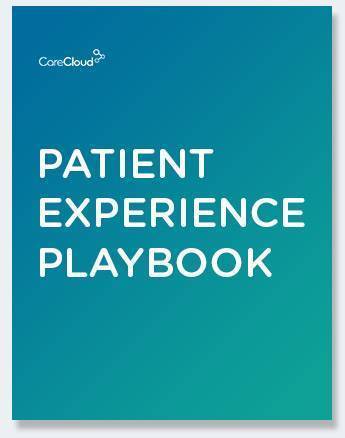In a pandemic world, where lockdowns and self-isolation mandates ebb and flow, inviting patients to rebook canceled appointments and schedule future treatments may seem daunting. As you work to re-open your practice, the question remains – how do you fill your patient schedule in the middle of a pandemic, and what is the safest way to do so?
Let your patients know you’re open.
Here’s the truth, your patients may already be thinking about getting care. Point them towards your practice by letting them know you’re equipped and ready to treat them. Have your practice manager create a thoughtful outreach strategy to your established patients. Depending on the size of your practice, your specialty, and available patient data – your method, timing, and messaging will be as unique as the needs of your patients.
Here are some helpful tips to keep in mind as you reach out:
- Identify the method that’s best for your practice.
Appropriate methods of outreach include text messaging, email, phone calls and even old fashion slow mail. Decide which approach will be best received by your patients and is the most manageable for your staff. - Know your patient’s demographics and behaviors.
Before reaching out to your patients, think about what works best for them. Are they busy professionals? If so, maybe a brief email is best. Are they over the age of 65? Perhaps those patients would respond well to a letter delivered to their homes. If your practice is small and boasts meaningful relationships, maybe give them a call. - Have a clear message
Make sure you know what you want to communicate and that the message is clear. Be purposeful. Are you open for in-office visits? Do you have specific hours? Are you moving primarily to telehealth care? What COVID precautions are you taking? Make sure your patients understand your message and know-how and when they can schedule an appointment. - When in doubt, just reach out.
The only thing worse than poor outreach is no outreach at all. Assumptions never did anyone any good, so don’t give your patients the mental space to presume you are open. If you’re unsure how to communicate with your patients, keep it simple. A brief email announcing your hours, services, and COVID safety plans can do the trick.
Prioritize High-Risk Patients
Naturally, patients who have a gap in care due to COVID should get precedence. In fact, it may serve you well to develop a separate outreach campaign or strategy for patients whose treatment or appointment was disrupted. Consider letting them know that you are giving them scheduling priority as someone who is in the most need of care.
Be Open About Safety Protocols
During a pandemic, patients may be reluctant to book future care. Be transparent about how you are working to prevent the spread of infection and reinforce the importance of preventative care in the minds of your patients.
Utilize Technology
You won’t entice everyone to make an in-office appointment, but that doesn’t mean you can’t extend care. This is why embracing technology is so important. Yes, we’re referring to telehealth – if that makes sense for your specialty – but we’re also talking about technologies that enhance patient communications and experiences. Gone are the days of exclusively collecting payment and medical records in person. You need a virtual method of keeping records up-to-date, collecting payments, updating billing information, and more.
Evaluate your online presence
Let’s say you’ve rescheduled appointments canceled by COVID19, re-connected with existing patients, and scheduled preventive care but still have substantial gaps in your schedule. Take advantage of this freed-up time to target new patients. Here’s how:
- Update Your Website. Ensure your website is up-to-date by reviewing the following aspects.
- Update your working hours
- Highlight any important messages on your homepage
- Allow patients to schedule appointments online
- Publish pandemic-related resources and updates
- Digital ListingsGet Listed
Do not underestimate the power of a good medical directory. It’s become increasingly common for patients to rely on consumer review websites. If you haven’t yet listed your practice on sites like ZocDoc, Healthgrades, Vitals, RateMD, and Yelp, make sure you do so. With patient consumerism on the rise, a positive online presence is essential. Try to take advantage of patient experience applications that automatically push positive reviews on these sites. - Social Media
Depending on your specialty, get active on social media. Not sure what to post? Here are some ideas:
- Share information about your practice. Talk about COVID and its impact. What are you doing to protect your patients and staff? How will you move forward?
- Share patient testimonials.
- Provide walkthroughs of your services/procedures or answer some frequently asked questions.
- Connect with existing patients to drive engagement and create a following. Doing this will help you develop deeper relationships with your current “fan base” while also creating opportunities to get noticed by your patient’s connections.
In summary
Keep in mind that your patients want to get back to normal just as much as you do. If you’re struggling to fill in scheduling gaps, perhaps it’s less a case of patient hesitancy and more a case of miscommunication. Remember, be patient. As COVID-19 cases continue to rise and fall, so will your patient attitudes toward visiting your office. If it makes sense for your practice, consider including a telehealth option to overcome this obstacle. Take the time to develop a thoughtful outreach strategy, and you should have no problem filling your patient schedule.

Download the Patient Experience Playbook



